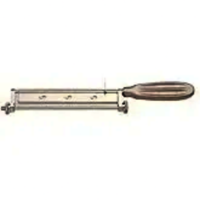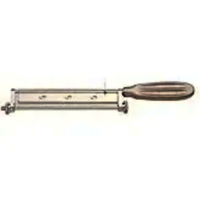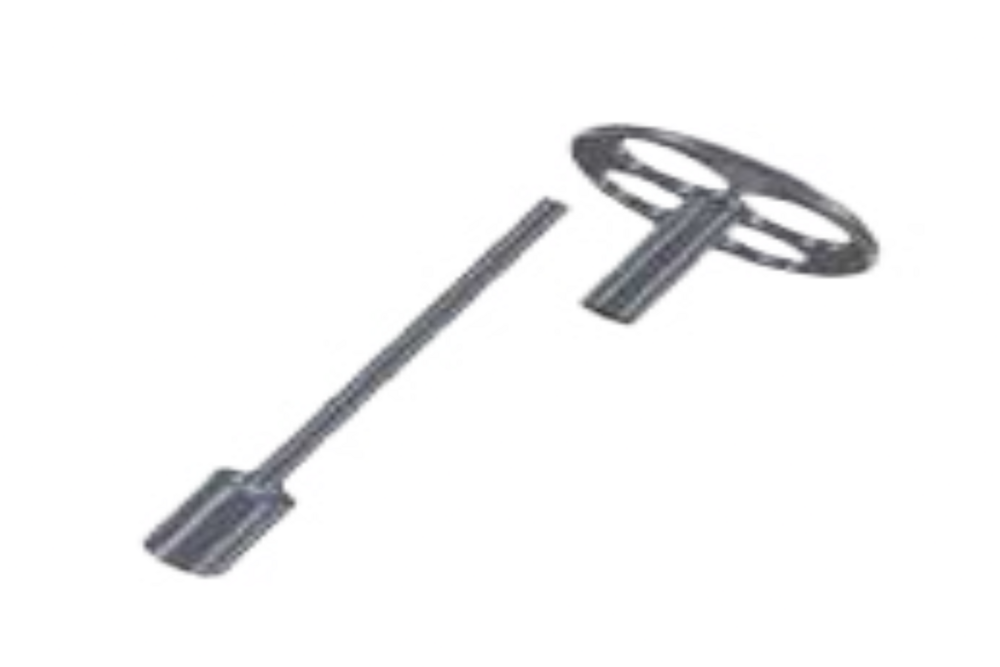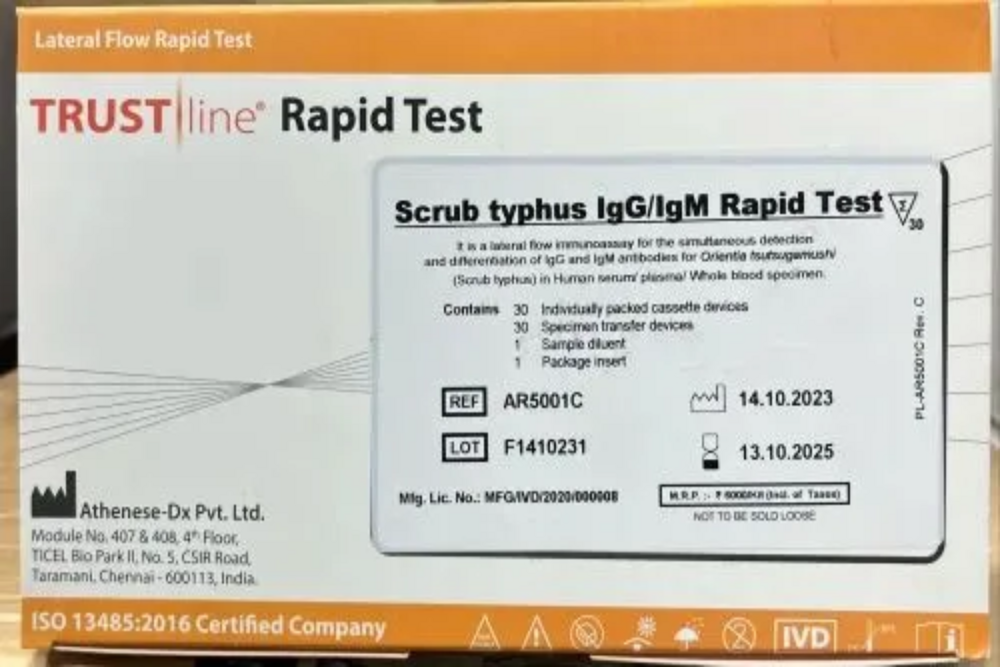SKIN GRAFTING HANDLE
1855 INR/Piece
Product Details:
X
SKIN GRAFTING HANDLE Price And Quantity
- 1855 INR/Piece
- 10 Piece
Product Description
Handling Skin Grafting
A skin grafting handle refers to the tool used to harvest skin for transplantation in a skin grafting procedure. The handle is typically attached to a dermatome, a specialized surgical instrument used to shave off a thin layer of skin (epidermis and dermis) from a donor site.
Types of Skin Grafting Handles
- Manual Handle: A manual dermatome with a handle allows the surgeon to shave off skin layers manually, providing more control over the thickness of the graft.
- Powered Handle: A powered dermatome with a handle uses compressed air or electricity to shave off skin layers, making the process faster and more efficient.
Key Features of a Skin Grafting Handle
- Ergonomic Design: The handle should be designed for comfortable grip and control, reducing fatigue during prolonged procedures.
- Adjustable Tension: The handle should allow for adjustable tension to control the thickness of the skin graft.
- Stability: The handle should provide stability and precision during skin harvesting.
- Easy Cleaning: The handle should be easy to clean and disinfect to minimize the risk of infection.
Comparison of Manual and Powered Handles
- Manual Handle: More control over skin thickness, but requires more skill and effort.
- Powered Handle: Faster and more efficient, but may require more training to use effectively.
In Summary
A skin grafting handle is a crucial tool in skin grafting procedures, allowing surgeons to harvest healthy skin for transplantation. The choice between manual and powered handles depends on the surgeon™s preference, experience, and the specific requirements of the procedure.
Tell us about your requirement

Price:
Quantity
Select Unit
- 50
- 100
- 200
- 250
- 500
- 1000+
Additional detail
Mobile number
Email










 Send Inquiry
Send Inquiry Send SMS
Send SMS Call Me Free
Call Me Free
